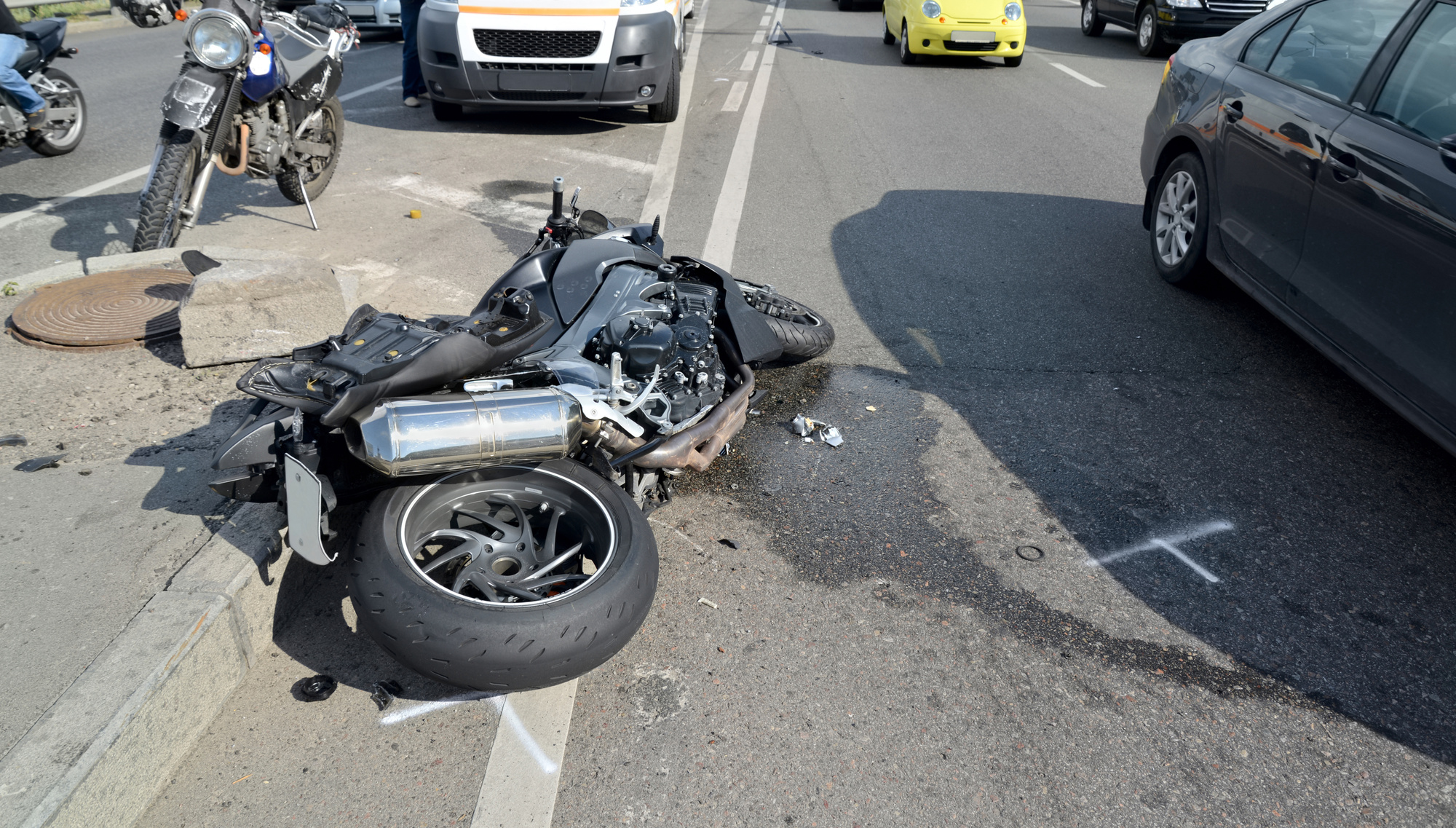
You step on the gas while on your motorcycle, adrenaline coursing through your veins. And the faster you go, the faster the wind whips across your face and makes you feel more alive than you’ve felt in a long time.
Welcome to the open road.
If you love riding motorcycles, you’re far from alone. Research shows that the number of registered motorcycles in the United States doubled from a little over four million in 2002 to more than eight million back in 2017.
The question is, do you truly understand what it takes to operate a motorcycle safely? You’re not Ghost Rider, after all.
You’ve got one life to live, and it would be such a waste to lose it in a motorcycle accident. Here’s a rundown on how to be a safe rider and avoid bike wrecks in 2019 and beyond.
Let’s get started!
Check Out Your Bike — and the Weather — Before You Ride to Avoid Bike Wrecks
You’ve suddenly decided to go on a joy ride, so understandably, you’re eager to get going. But wait.
Before you get on your bike, walk around it and inspect it thoroughly. This simple maneuver could save your life.
First, make sure that your directional signals, horn and light are working properly. Also, check your brakes as well as the belt, shaft or chain. Then, take a close peek at your tires to make sure that their pressure levels are adequate based on the manufacturer’s recommendations and that they are not worn.
Here are a few other items to check before heading out on your bike:
- Signs of gas or oil leaks under your motorcycle
- Low coolant and hydraulic fluid levels
- Throttle and clutch that are not operating smoothly (your throttle is supposed to snap back after you release it)
- Mirrors that are not clean or not positioned properly
Finally, look up. What’s going on in the sky?
If a rainstorm or snowstorm is looming, you may want to re-think your joy ride. That’s because the danger of a wet or icy road multiplies when you’re riding on just two wheels. In fact, the very first hour of a rainfall is especially dangerous because the rain lifts oils out of the road’s surface, causing them to float on top.
Of course, sometimes you may be caught off guard by the weather while riding your bike. Don’t panic. Just slow down, and be smooth on your controls.
Also, look for extra-slippery items or debris on the road, like manhole covers and diesel/oil, and steer clear of them. Keep your eye out for rainbow patches on the road and avoid them, too.
Wear Appropriate Gear
This is one of the wisest things you can do for yourself as a motorcyclist.
First, be sure to don a helmet every time you get on your bike. Without a helmet, you increase your chances of suffering a traumatic brain injury if your head strikes the pavement during an auto accident.
The great thing about modern helmet models is that they are generally lightweight and comfortable while still promoting safety. Look for one that has received approval from the federal transportation department for the highest level of protection.
In addition, wear gloves and leather clothing. Boots featuring nonskid soles are also helpful for protecting you from serious injuries. You might even want to attach reflective tape to yourself so that other drivers can more easily see you, especially at night.
Watch Your Speed
A common mistake that motorcyclists make is driving too quickly.
To decrease your likelihood of getting into an automobile accident, abide by the posted speed limits where you’re driving.
Also, be careful when turning a corner. Take advantage of visual cues, such as signs and telephone poles, to judge the direction that a road is going in.
If you find yourself driving too quickly in a corner, simply trust your motorcycle and ride it out if you can. Don’t slam on your brakes or decrease the throttle, as these actions may cause you to lose traction.
Watch out for Cars Changing Lanes
Let’s say you’re riding your bike in a relatively high-traffic area. All of a sudden, a car veers into your space.
A motorcycle can fit into a blind spot with ease, so car drivers may have a hard time seeing your bike. For this reason, try to position yourself in such a way that you can spot a motorist’s eyes in his or her mirrors. If you can do this, then the motorist can see you as well.
Also, look out for situations where cars may be apt to change lanes. For instance, if traffic on the highway is slowing down in one of the lanes, people in the slower lane may want to transition to the faster-moving one. Don’t linger in the areas where other car drivers want to go.
Also, keep an eye out for wheels turning, turn signals or even drivers’ heads moving as the drivers check their mirrors. These are all signs that cars are about to change lanes.
The more defensively you drive — by anticipating what other drivers will do and then acting accordingly — the greater your chances of returning home unscathed.
Of course, no matter how defensively you may drive, sometimes accidents happen due to another motorist’s negligence. Fortunately, if you suffer serious injuries in this type of an accident, you can seek compensation for your injuries. Read more here about your rights following a personal injury motorcycle crash.
How We Can Help
In addition to highlighting how to avoid bike wrecks, we offer a number of do-it-yourself tips for repairing a wide range of automobiles.
Our goal? To help you to fix your automobile correctly and handle it with confidence on the open road.
Take a peek here to find out more about how your automobile works and how to repair it with ease.
